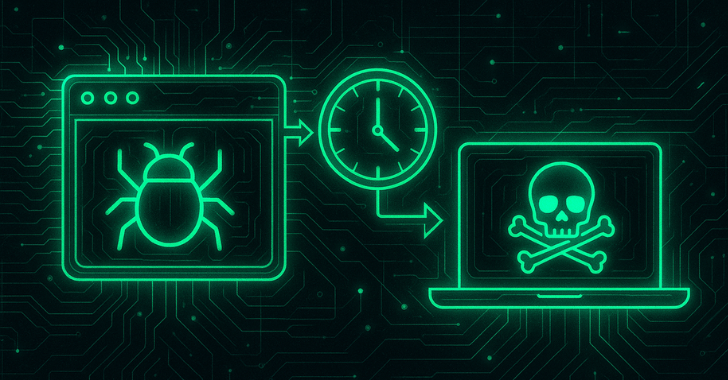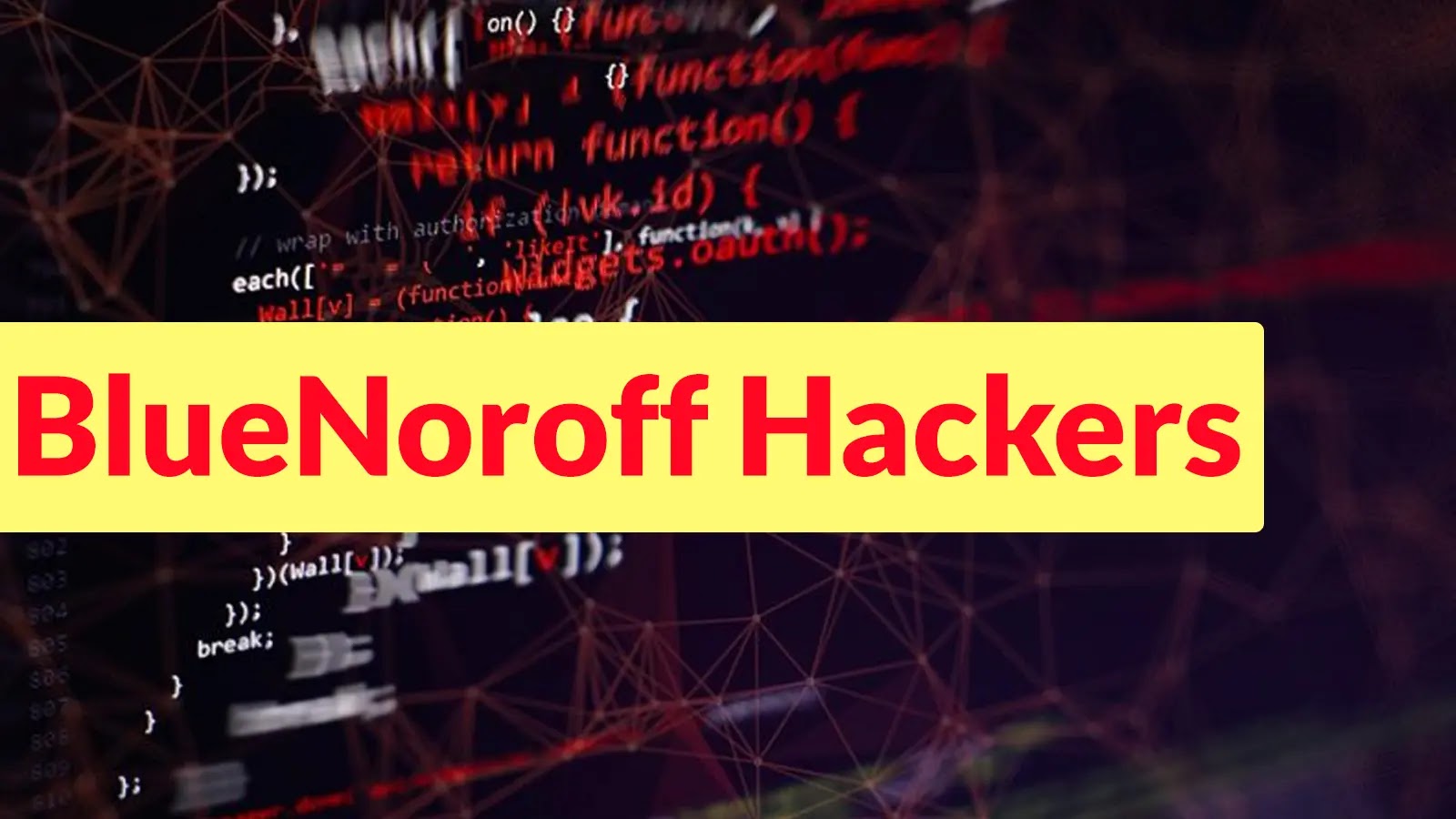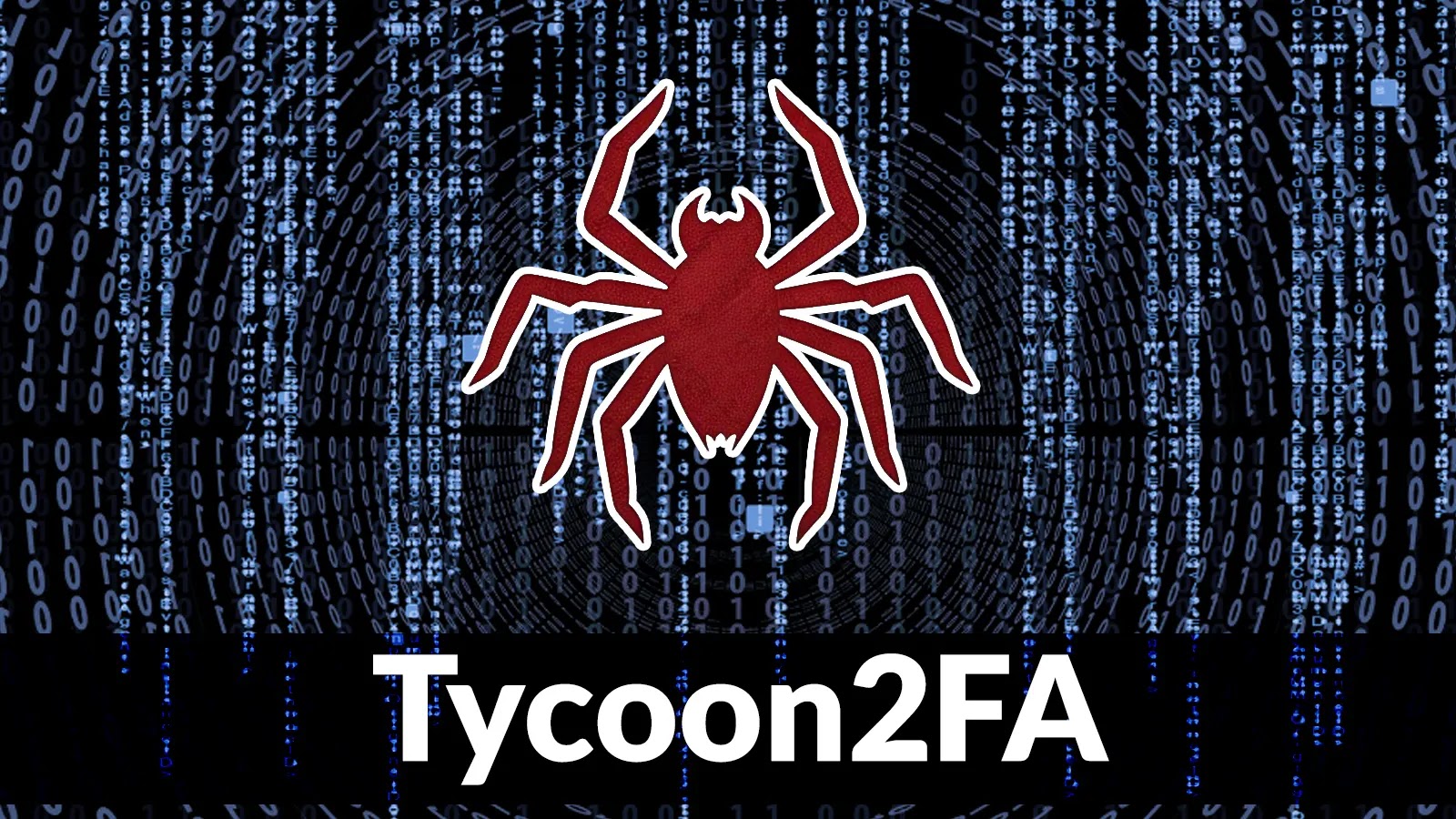In the ever-evolving landscape of cyber threats, stealer malware has undergone a significant transformation. No longer confined to pilfering passwords, modern stealers now exfiltrate live session tokens, enabling cybercriminals to infiltrate enterprise systems with alarming speed and efficiency. Recent research by Flare, detailed in their report The Account and Session Takeover Economy, sheds light on this pressing issue.
Infection and Data Exfiltration: A Matter of Minutes
The attack begins when an unsuspecting user executes a malicious payload, often disguised as cracked software, counterfeit updates, or phishing email attachments. Upon execution, prevalent stealer malware such as Redline, Raccoon, and LummaC2 swiftly take control. These malware variants are adept at:
– Extracting browser cookies, saved credentials, session tokens, and cryptocurrency wallets.
– Transmitting the harvested data to command-and-control servers or Telegram bots within minutes.
– Contributing to a vast repository of stolen data, with over 16 million logs disseminated across just ten Telegram channels, categorized by session type, geographic location, and application.
Session Tokens: The New Cyber Currency
Within hours of data exfiltration, cybercriminals analyze the stolen information, prioritizing high-value session tokens. Flare’s analysis reveals that:
– 44% of the logs contain Microsoft session data.
– 20% include Google session information.
– Over 5% expose tokens from major cloud services like AWS, Azure, or Google Cloud Platform.
Utilizing specialized Telegram bot commands, attackers can filter logs based on geography, application, and privilege level. Marketplace listings often provide browser fingerprint data and pre-configured login scripts designed to circumvent multi-factor authentication (MFA). The value of these stolen sessions varies:
– Consumer accounts typically sell for $5 to $20.
– Enterprise-level sessions, particularly those granting access to platforms like AWS or Microsoft services, can command prices exceeding $1,200.
Rapid Exploitation: Gaining Full Access in Hours
Once in possession of session tokens, attackers import them into anti-detect browsers, facilitating seamless access to critical business platforms without triggering MFA or login alerts. This rapid access enables cybercriminals to:
– Access business email services such as Microsoft 365 or Gmail.
– Infiltrate internal tools like Slack, Confluence, or administrative dashboards.
– Exfiltrate sensitive data from cloud platforms.
– Deploy ransomware or move laterally across systems.
Flare’s research highlights instances where a single stealer log provided live, ready-to-use access to multiple services—including Gmail, Slack, Microsoft 365, Dropbox, AWS, and PayPal—all linked to one compromised machine. In the hands of a malicious actor, such access can escalate into a significant breach within hours.
The Scale of the Threat
This phenomenon is not an isolated incident but indicative of a massive, industrialized underground market that empowers ransomware groups, fraudsters, and espionage entities. Key points include:
– Millions of valid sessions are stolen and sold weekly.
– Session tokens often remain active for days, allowing persistent unauthorized access.
– Session hijacking effectively bypasses MFA, rendering many organizations unaware of breaches.
These attacks do not stem from breaches at service providers like Microsoft, Google, or AWS. Instead, they originate from individual users falling victim to stealer malware, which silently exfiltrates their credentials and live session tokens. Attackers then exploit this user-level access to impersonate employees, steal data, and escalate privileges. According to Verizon’s 2025 Data Breach Investigations Report, 88% of breaches involved stolen credentials, underscoring the prevalence of identity-based attacks.
Defensive Measures: Protecting Your Organization
Given the critical nature of session tokens, organizations must adopt comprehensive strategies to mitigate this threat:
1. Endpoint Security: Implement robust endpoint detection and response (EDR) solutions to identify and neutralize stealer malware before it can exfiltrate data.
2. User Education: Conduct regular training sessions to educate employees about the dangers of downloading unverified software and the importance of recognizing phishing attempts.
3. Session Management: Regularly monitor and manage active sessions. Implement policies to automatically expire sessions after a period of inactivity and require re-authentication.
4. Multi-Factor Authentication (MFA): While MFA is not foolproof against session hijacking, it adds an additional layer of security. Ensure that MFA is enforced across all critical systems.
5. Incident Response Planning: Develop and regularly update an incident response plan that includes procedures for addressing session hijacking scenarios.
6. Regular Audits: Conduct periodic security audits to identify and remediate vulnerabilities that could be exploited by stealer malware.
Conclusion
The rapid evolution of stealer malware into tools capable of exfiltrating live session tokens represents a significant shift in the cyber threat landscape. Organizations must recognize the urgency of this threat and implement proactive measures to safeguard their systems. By understanding the mechanics of these attacks and adopting a multi-layered defense strategy, businesses can better protect themselves against the swift and sophisticated tactics employed by modern cybercriminals.



